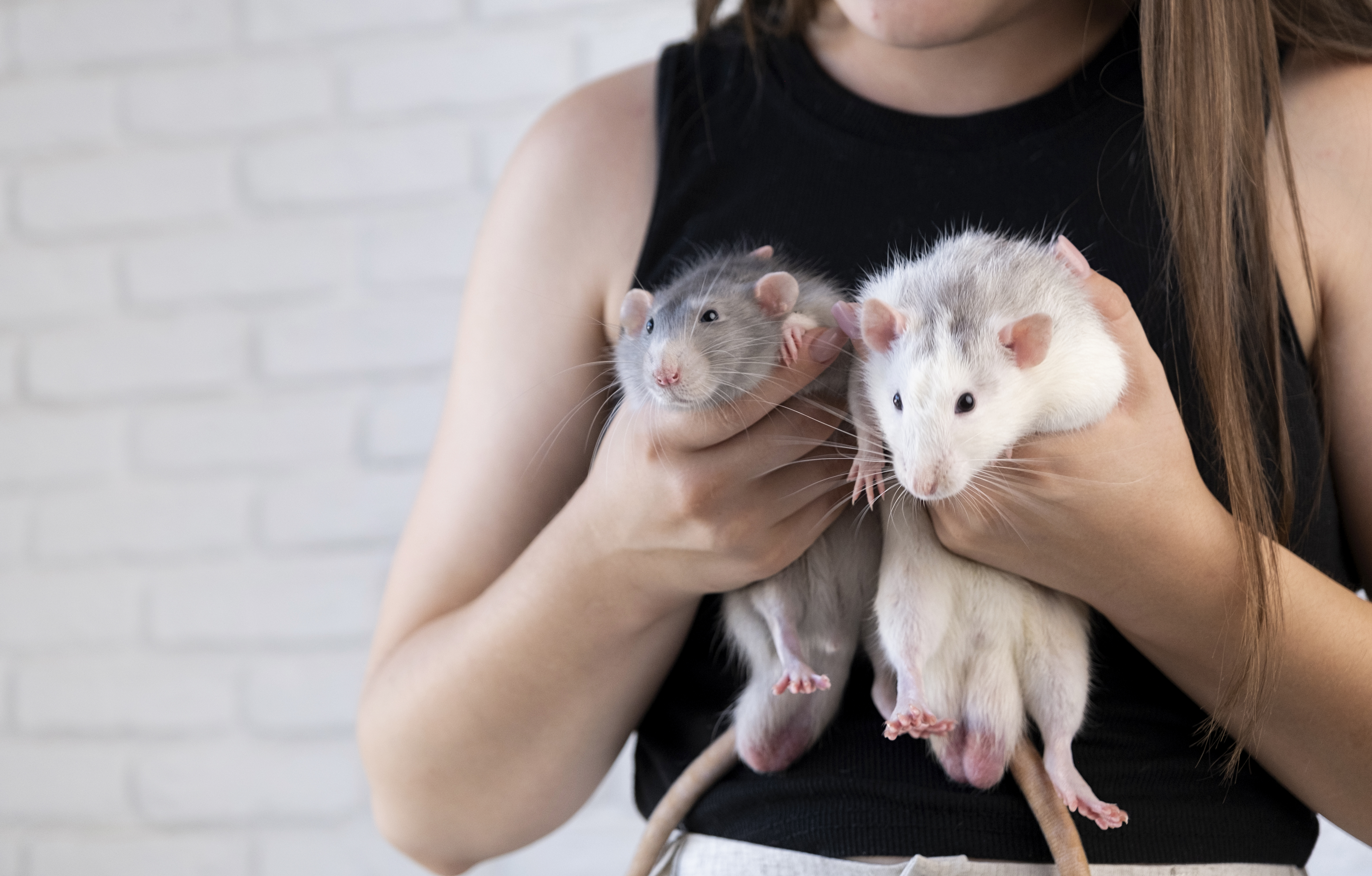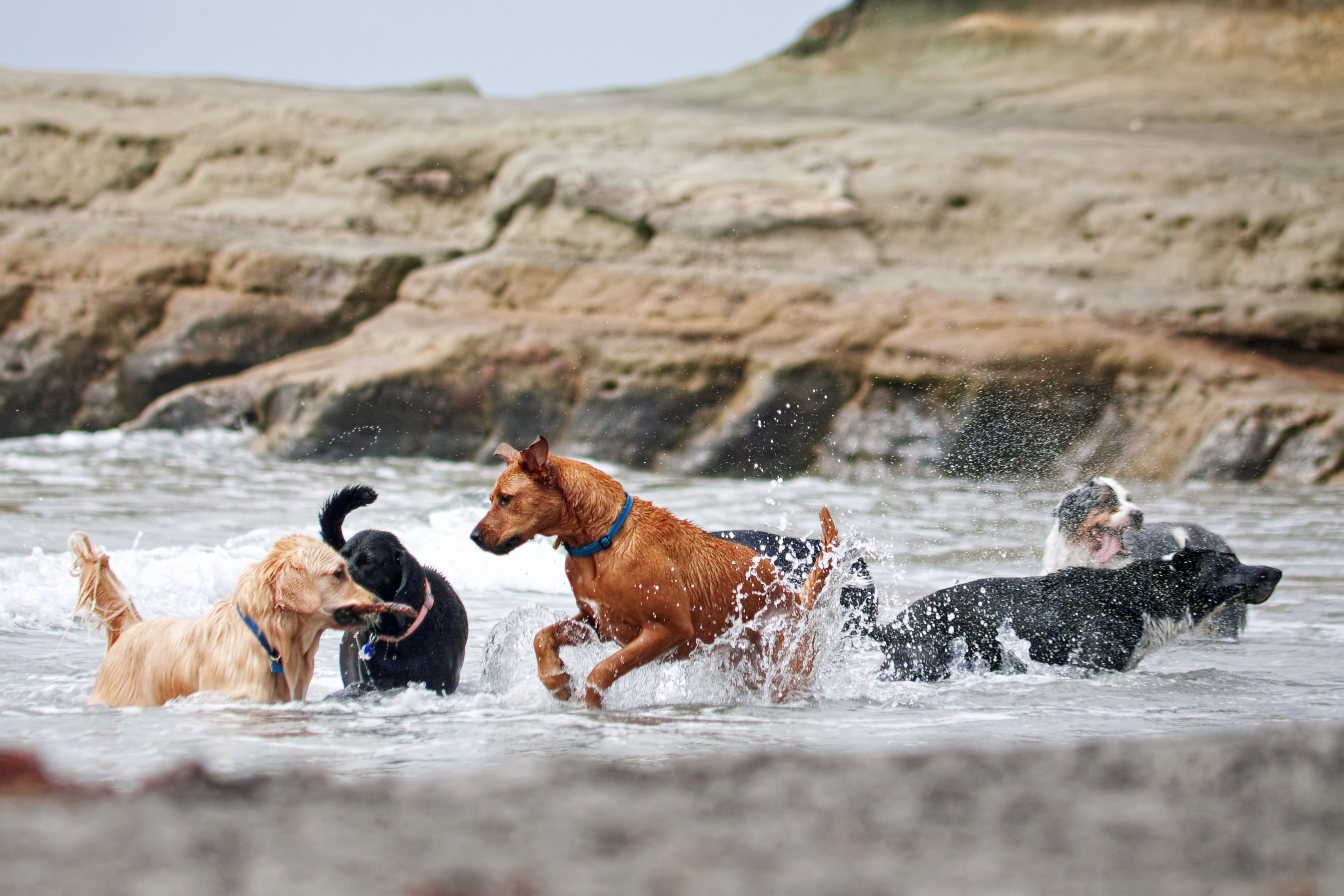A Fascinating Look at the Milestones in Animal Domestication
The journey of animal domestication is a fascinating tale that stretches back thousands of years, and it is one that continues to evolve even today. It's a story of survival, symbiosis, and civilization, a story that has shaped our world and continues to influence our lives. This comprehensive exploration will take you through 18 significant milestones in animal domestication, from the wild beginnings to the beloved companions of today. Each milestone represents a unique chapter in the ongoing narrative of human-animal relationships, offering insights into our shared history and our evolving future.
The First Domestication: Dogs

Our journey begins with the domestication of dogs, believed to have occurred around 15,000 years ago. The bond between humans and dogs is one of the oldest and most enduring. It's thought that wolves, drawn by the allure of human settlements and their waste, gradually became tamer. Over generations, these wolves evolved into a separate species - our modern dogs. This domestication marked a significant milestone in human history, heralding the start of a symbiotic relationship that would shape the course of our evolution.
The Advent of Agriculture: Sheep and Goats

The next significant milestone came with the advent of agriculture, around 10,000 years ago. The domestication of sheep and goats provided a reliable source of food and material for clothing, transforming human societies from nomadic hunter-gatherers to settled agricultural communities. This shift in lifestyle allowed for the development of more complex societies and set the stage for the rise of civilization.
The Birth of Civilization: Cattle and Pigs
Following the domestication of sheep and goats, humans began to domesticate larger animals. The domestication of cattle and pigs provided not only food but also labor, enabling the growth of early civilizations. These animals were integral to the development of farming and transportation systems, contributing to the advancement of human societies.
The Rise of Empires: Horses

The domestication of horses marked another significant milestone in human history. Horses provided a means of rapid transportation, revolutionizing warfare and trade. This enabled the rise of empires, as societies with access to horse power could exert control over larger territories.
The Spread of Domestication: Chickens

The domestication of chickens, believed to have occurred in Southeast Asia around 7,400 years ago, marked the spread of domestication practices to new parts of the world. Chickens provided a reliable source of eggs and meat, contributing to the diversification of human diets.
The Age of Exploration: Camels

The domestication of camels, particularly in arid regions of the Middle East and North Africa, enabled long-distance travel and trade across harsh desert landscapes. This marked a significant milestone in the age of exploration and the spread of goods, ideas, and cultures.
The Silk Road: Silkworms

The domestication of silkworms in China around 5,000 years ago marked a significant milestone in the development of luxury goods. Silk became a highly sought-after commodity, contributing to the establishment of the Silk Road and the spread of trade and culture.
The Age of Enlightenment: Bees

The domestication of bees for honey production marked a significant milestone in the Age of Enlightenment. The understanding of bee behavior and the development of beekeeping techniques reflected the growing interest in scientific inquiry and the natural world.
The Industrial Revolution: Rabbits

The domestication of rabbits for fur and meat production marked a significant milestone in the Industrial Revolution. The growth of rabbit farming reflected the increasing urbanization and industrialization of society.







